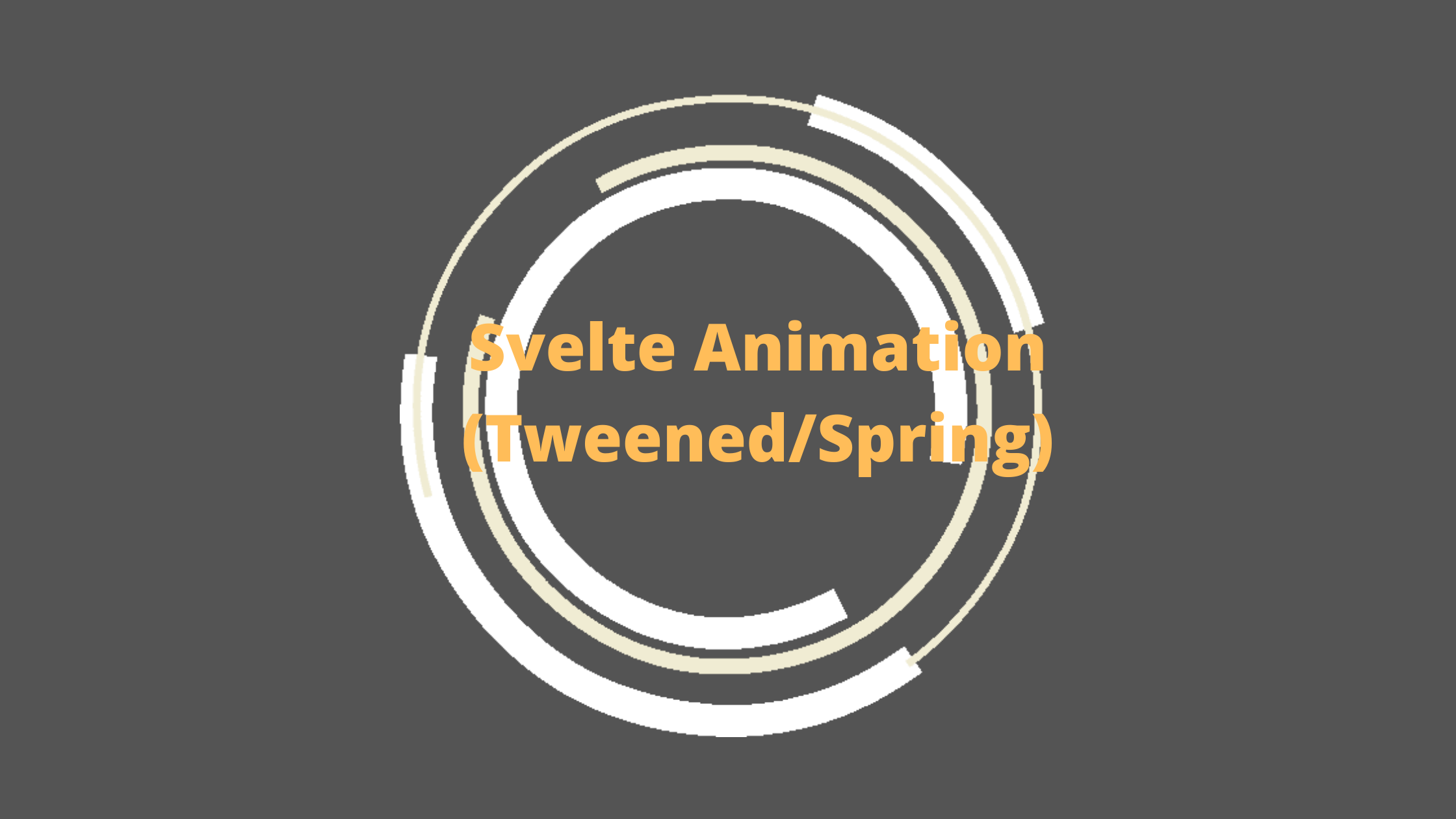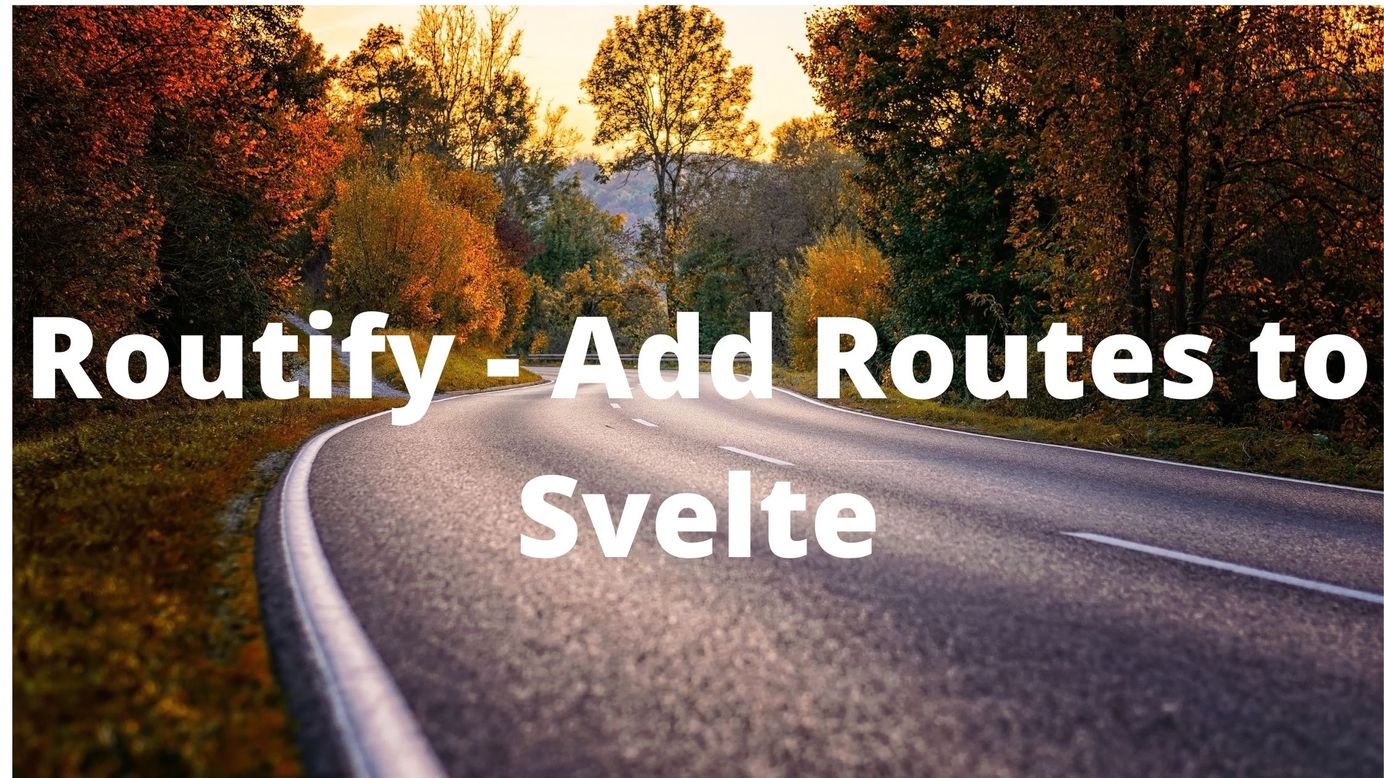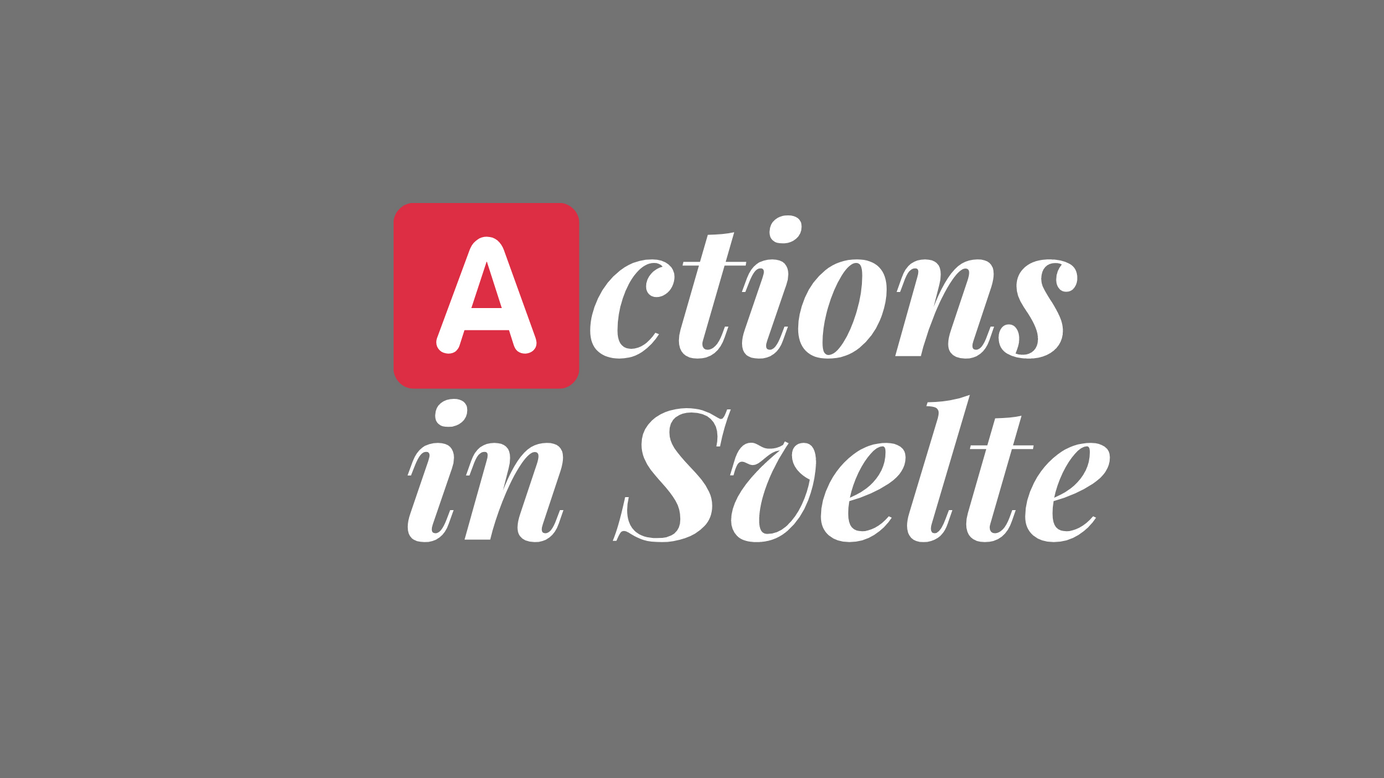
How to do CSS like transitions in Svelte? Paid Members Public
Shorthand properties are the CSS properties, allowing us to set the values of multiple CSS properties. The transition is also a shorthand CSS property that facilitates us to define the transition between two states of an element. Like fading/sliding an HTML element. In Svelte, the transition is inbuilt. In

Animation in Svelte/motion ( tweened and spring ) Paid Members Public
In our previous article, we discuss Animation in Svelte. If you haven't gone through the article, please visit this link. We'll start with adding a new route animations/motion. If you are new here, before proceeding further you need to visit this link. To create a route, we need to
Animation in Svelte (Easing) Paid Members Public
Animations are not the core functionality of an application. However, they enhance the user experience and make our application more engaging and pleasing to the eyes. Unlike other frameworks, Svelte has a built-in feature for animation. The animations in Svelte are CSS-based. Henceforth it improves the performance. In this article,

Handle Svelte routes with Routify? Paid Members Public
Routing is an integral part of any web application. If you are a backend developer, you already have familiarity with the concept of routing on server-side applications. The routing allows the application to render the content based on the URL. For Ex- • GET /user returns the list of all users.

What is Hash Routing in Svelte? Paid Members Public
It's hard to imagine a web application without navigating the different URLs in the browser. In this article, we learn about the simple yet effective way of changing the routes in Svelte. It is Hash routing. In the article, we create : About Contact urlWe'll also add the NotFound page in

How to handle in forms in Svelte? Paid Members Public
Forms! Forms! Forms! Forms are an integral part of any web application. We can't imagine an application without forms. Generally, the we use forms for User registrationUser loginSubscriptionContact FormAdding/Updating/Removing any kind data to or from the databaseIn this article, we learn how to create an HTML form. And

How to configure Tailwind with Svelte? Paid Members Public
CSS frameworks like bootstrap or Material-UI, are excellent tools for developing web applications. However, when we visit the sites, they all look identical. Photo by Jørgen Håland / Unsplash To solve this identical syndrome, we have Tailwind CSS, a utility-first framework. It provides low-level helper classes.We can quickly implement custom

What are Svelte Action Paid Members Public
Disclaimer, that this articles presumes, you know: SvelteHow to get started with SvelteBasic understanding of HTML/CSSIf you don't know anyone of the above, then you are not ready to start with this tutorial. Whenever svelte initiates a function call during the element creation in the DOM, these functions are

